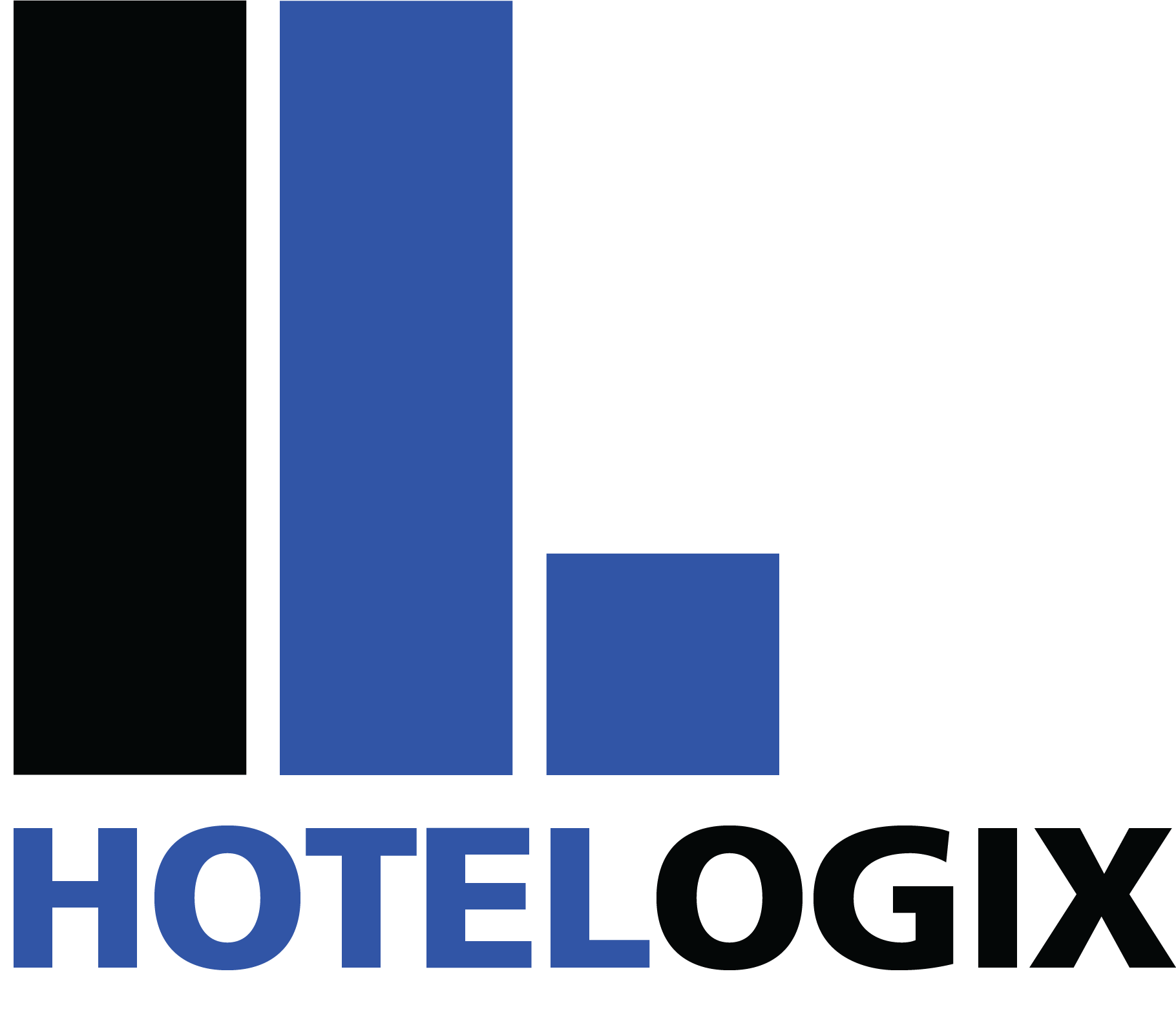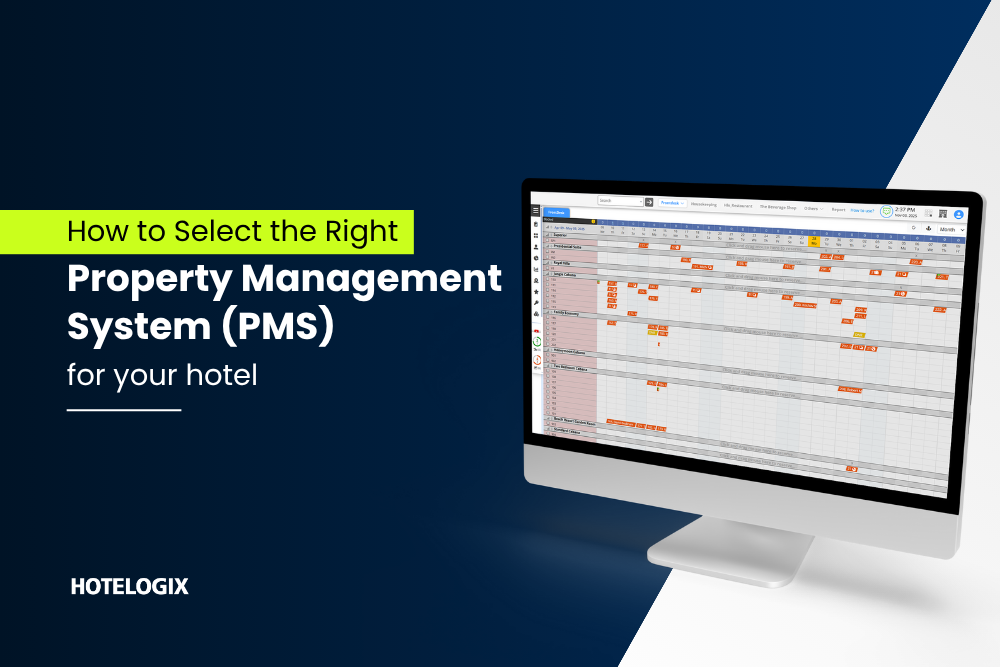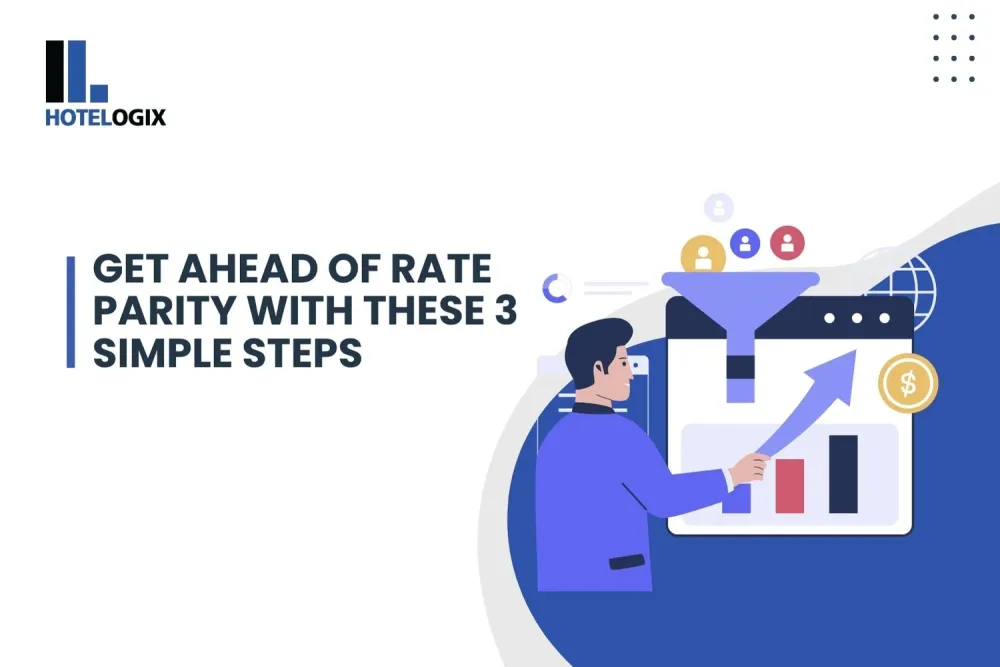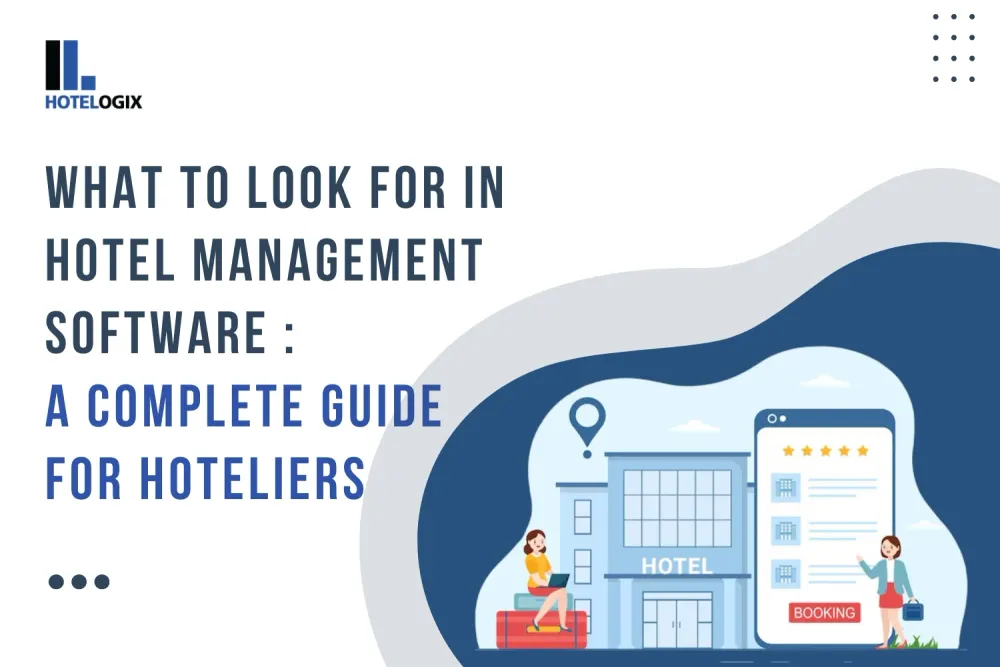It’s no secret that we live in a digital era, and every single industry on the planet has benefited from software-enabled management. This could not be more apparent in hospitality.
Over the past decade, property management software has proven to be a real game-changer for independent hotels. By enabling these establishments to automate a number of their core processes and streamline operations, the technology has revolutionized hospitality as a whole – the small and mid-sized category accounts for over 90% of all properties.
Today, the property management system (PMS) has become a fundamental prerequisite for any hotel to compete in the online market. And it’s got a lot to do with the cloud – migrating to this platform doesn’t just offer hoteliers a horde of advantages, it gives them a competitive edge. The cloud empowers all sorts of property owners indiscriminately and the fact is, properties that choose to ignore it will simply be unable to keep up with the pace.
It’s not just property management, hotels today can find powerful software to manage revenue, distribution, and even customer relationships. In addition, real-time integration allows these tools to connect with one another and share information seamlessly across the various interfaces. This enables end-to-end management, saving a lot of time for the hotel’s staff.
Let’s take a closer look at how these software work with one another
1. Revenue Manager
Hotel room rates are ideally determined by a number of factors. These include regional factors such as competitor rates, season, and so on; and also global factors such as current travelling trends. Compiling all this data and then analyzing it can become a monumental task, especially considering the fact that properties today need to change their rates several times a day to stay competitive. That’s where revenue managers have saved hotels a lot of time and money – these powerful tools use complex algorithms that take all factors into account and calculate the best possible rate for that timeframe. Using this software, hotels can now update their room rates several times a day, in just a few moments.
2. Property Management System
The PMS contains a rich database of information and when integrated with the revenue manager, enhances the tool’s rate determining accuracy. Information about the hotel’s busiest months, annual occupancy, and of course the room rates, is extracted from the PMS and processed along with other data to deduce an ideal rate. In addition, real-time integration allows the revenue manager to keep track of the property’s room rates and notify the manager of any updates in the rate – this ensures that no rate parity agreements are broken.
3. Channel Manager
With so many distribution channels available today, no hotel would like to miss out on the increased exposure. Cloud-based channel managers have enabled hoteliers to push their inventory on a number of online portals without any risk of encountering double-bookings. By integrating to the revenue manager, the channel manager can also be programmed to directly update rates on all channels as and when they are updated by the revenue management tool. This is particularly useful given the unpredictability of the factors influencing accommodation demand – automation allows the hotel to update rates instantly at any time of the day, even when there’s nobody at the desk. Thanks to this optimization, the property is always displaying the best possible rate.
A large number of SaaS companies specializing in all areas of hotel operations are on the cloud, providing independent hoteliers with cutting-edge tools at an affordable rate. What’s more, the platform enables these software to integrate with one another in real-time – delivering a seamless management experience.






